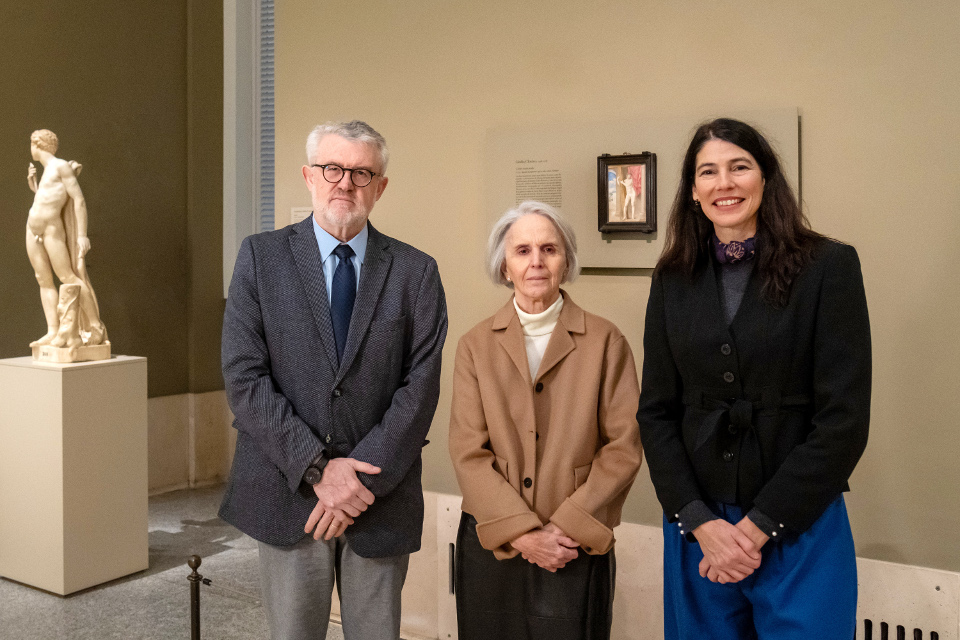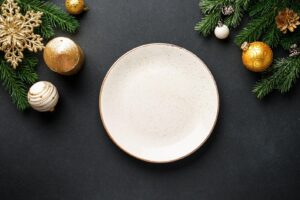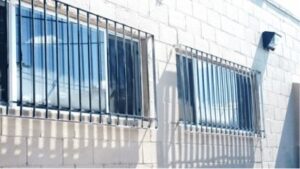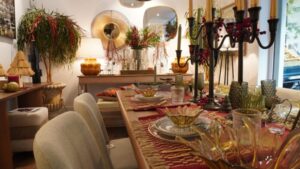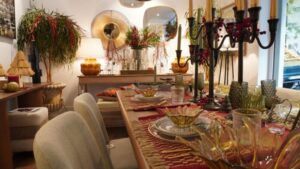The Prado Museum has enriched its collections with an invaluable Renaissance work: the “Resurrected Christ,” a miniature attributed to the renowned miniaturist Giulio Clovio. It is believed that this work was commissioned by Cardinal Alessandro Farnese and completed around 1550, inspired by a sculpture by Michelangelo located in the church of Santa Maria Sopra Minerva in Rome.
Clovio, known for his relationship with the painter El Greco, whom he helped integrate into Cardinal Farnese’s circle, is considered a pioneer in the art of the miniature. His innovative approach allowed the technique of illumination to take on a new dimension, using a mix of colors represented by small dots. This technique created an atmosphere that evoked the falling of snow over his paintings, as described by the treatise writer Francisco de Holanda. This style broke with medieval traditions and transformed miniatures into small masterpieces, allowing them to stand out in a context dominated by the invention of engraving.
Throughout his career, Clovio was recognized and valued by various monarchs, including King Philip II, who had several of his miniatures in his collection. However, after the War of Independence, many of these works were moved to collections in France. The “Resurrected Christ” remained in a private collection in Spain until its acquisition by Pilar Conde Gutiérrez del Álamo, who donated it to the American Friends of the Prado Museum in 2019. Since then, it has been on deposit at the museum until its formal incorporation at the end of last year.
Miguel Falomir, director of the Prado Museum, has described the work as a “jewel of the Renaissance” for its exceptional quality and uniqueness, and has expressed his gratitude to both the American Friends of the Prado and Pilar Conde for facilitating its inclusion in the Spanish artistic legacy. It is worth noting that currently there is only one other work by Clovio in the country, the “Holy Family with Saint Elizabeth and Little Saint John,” which is housed in the Lázaro Galdiano Museum.
Pilar Conde has expressed her satisfaction at being able to contribute to the richness of the museum’s collections, hoping that the public can enjoy this important piece as much as she has.
via: MiMub in Spanish

